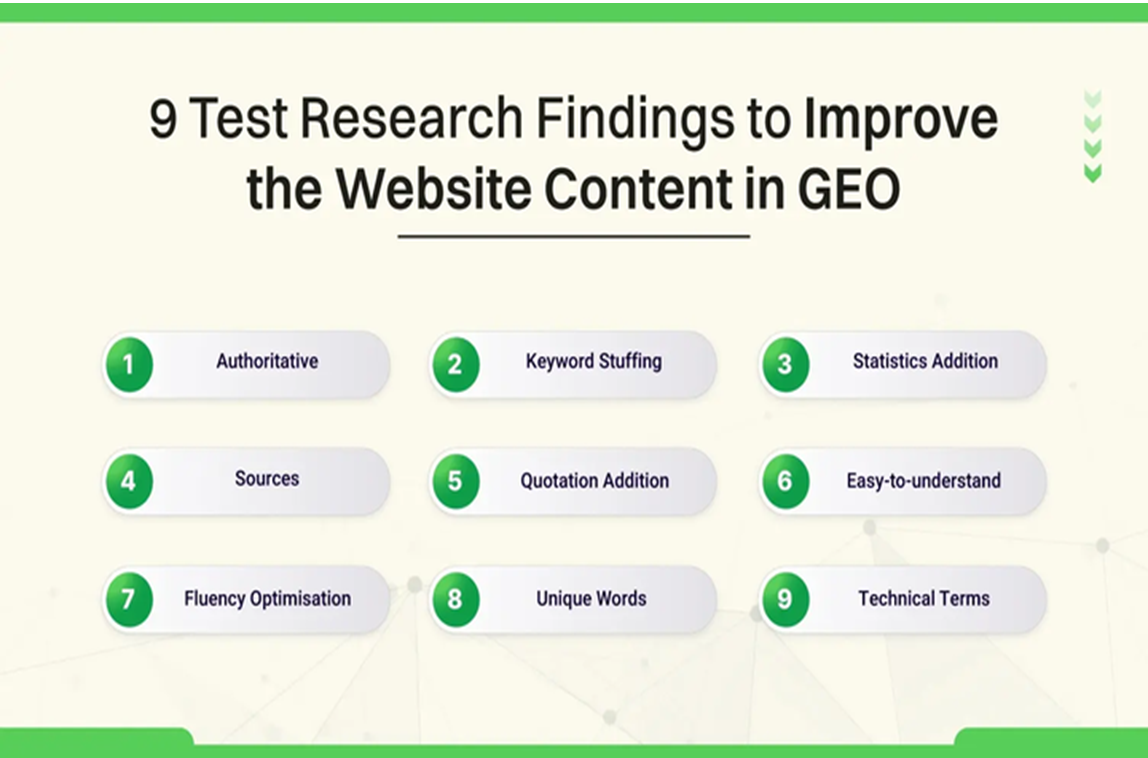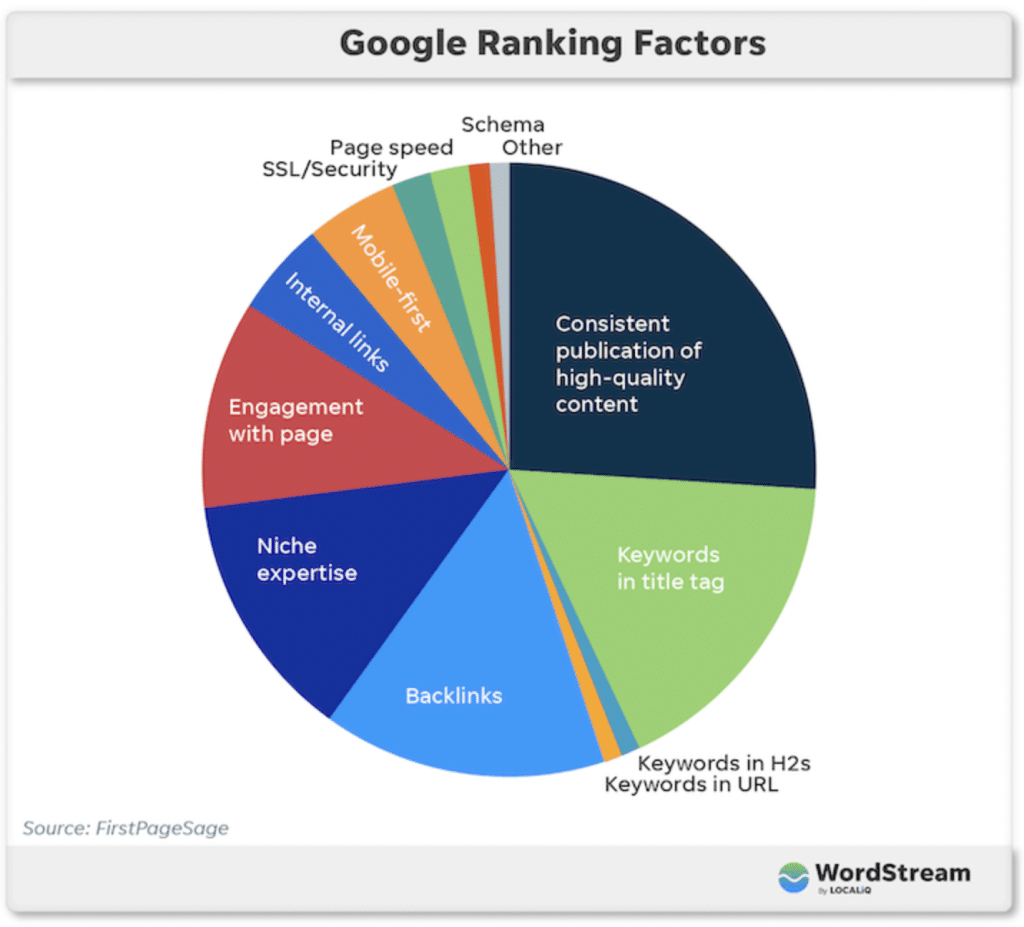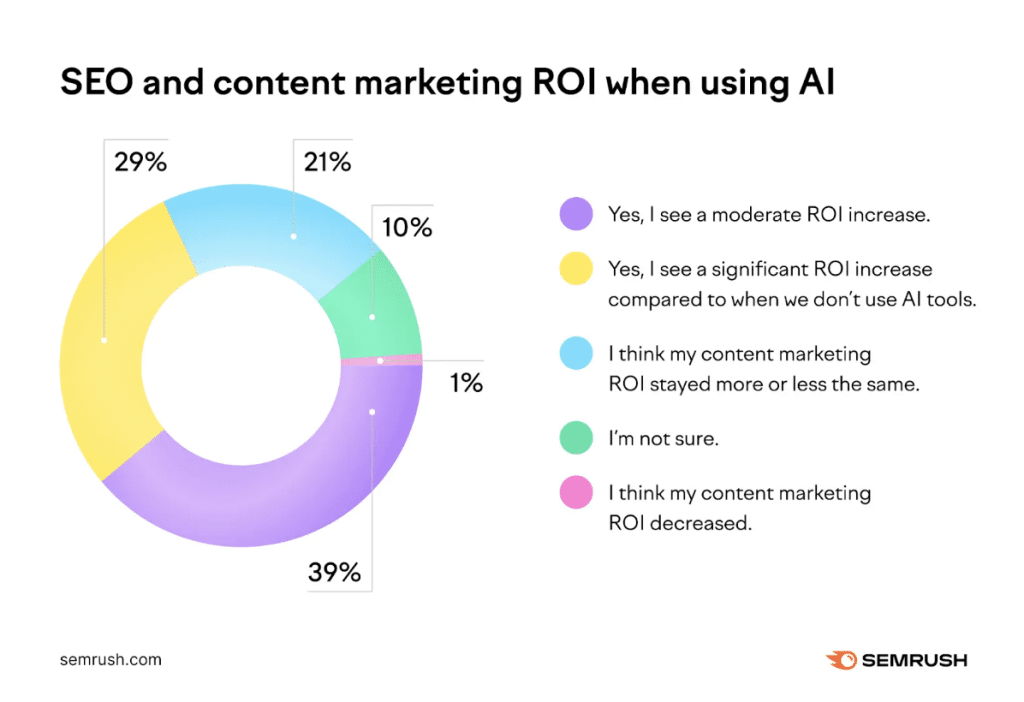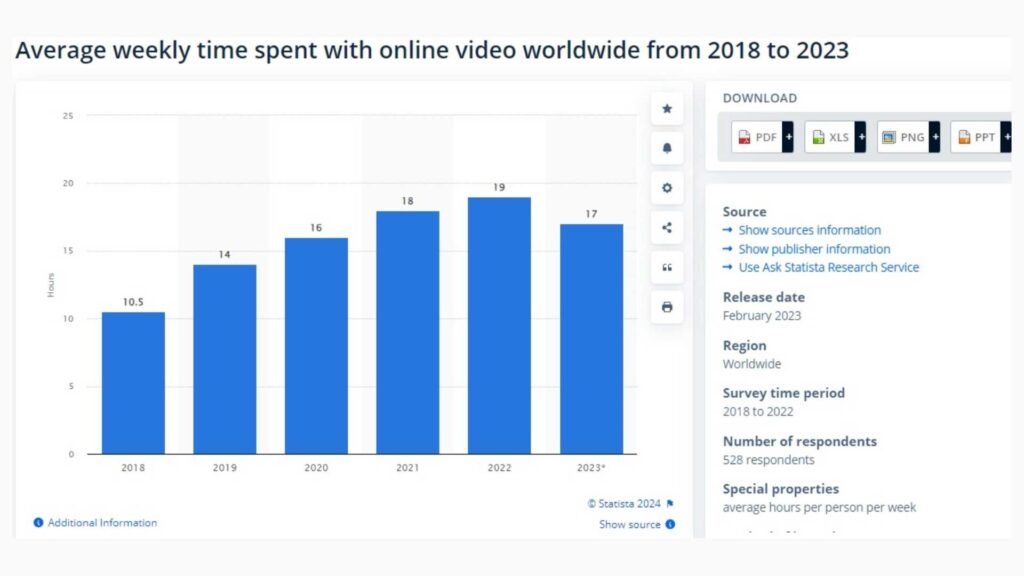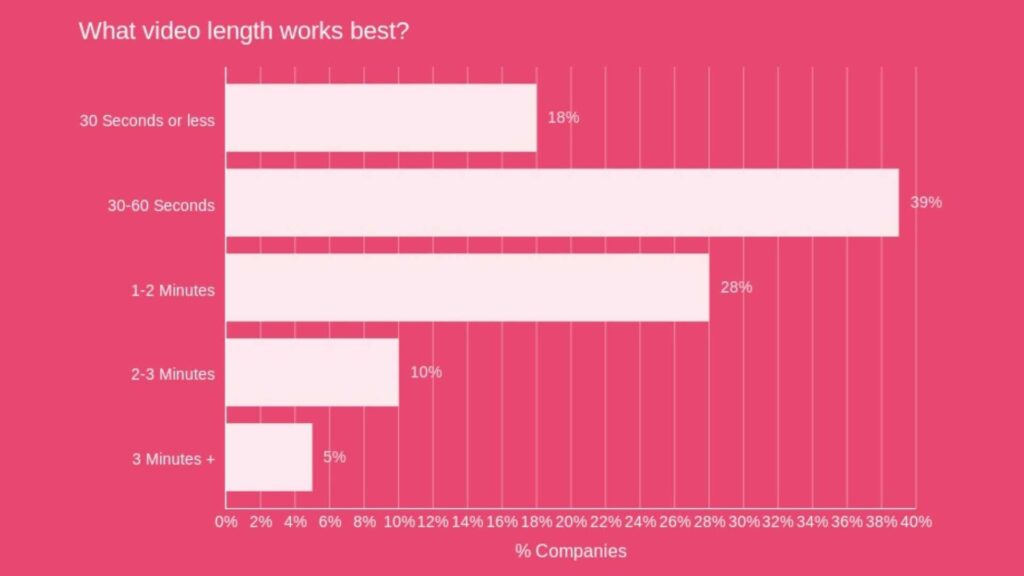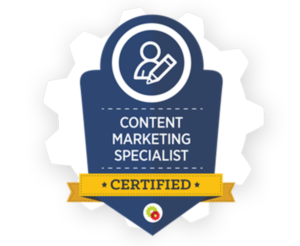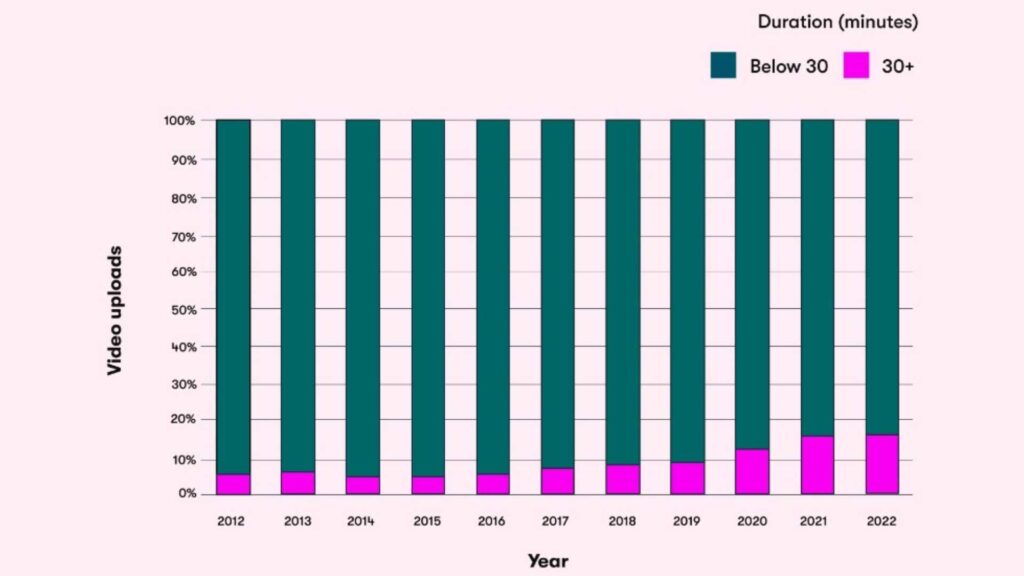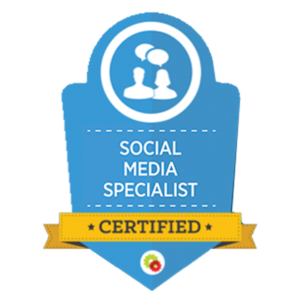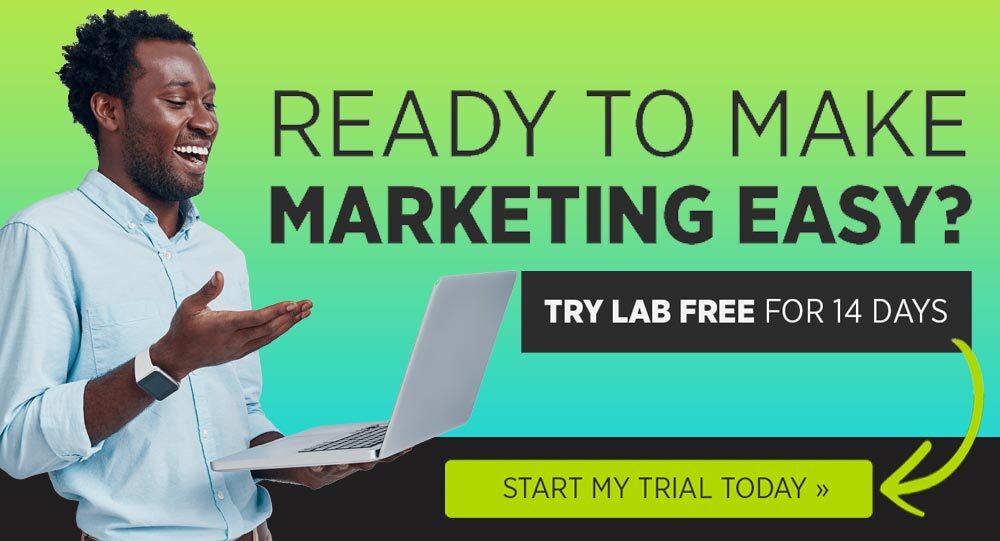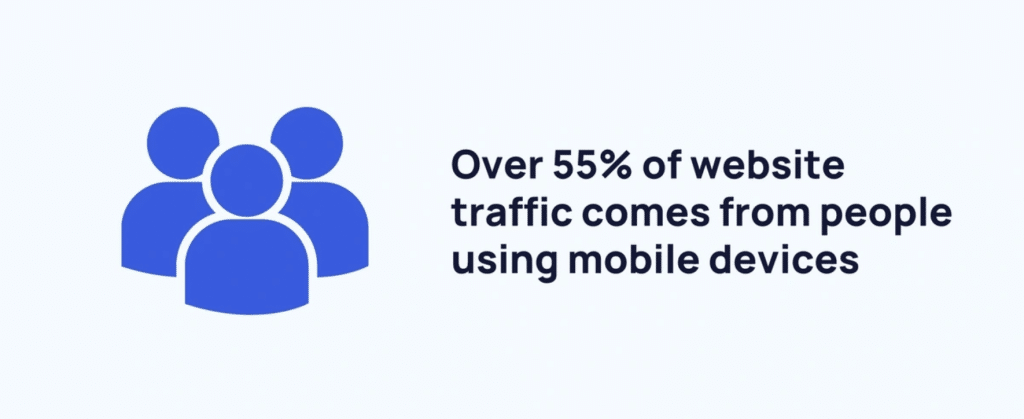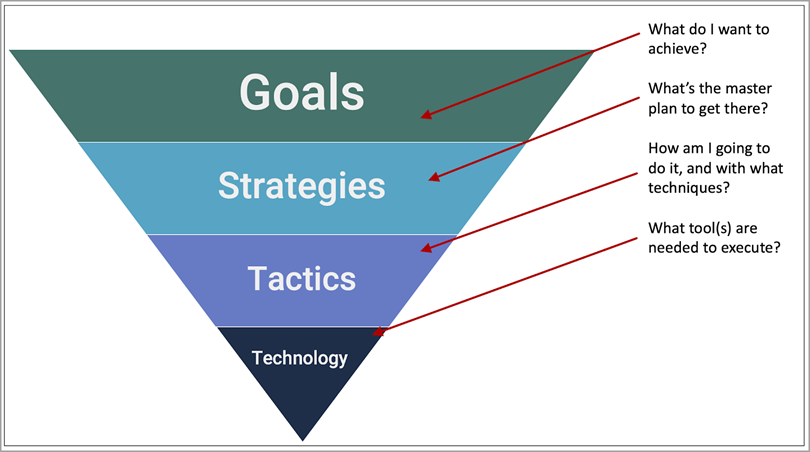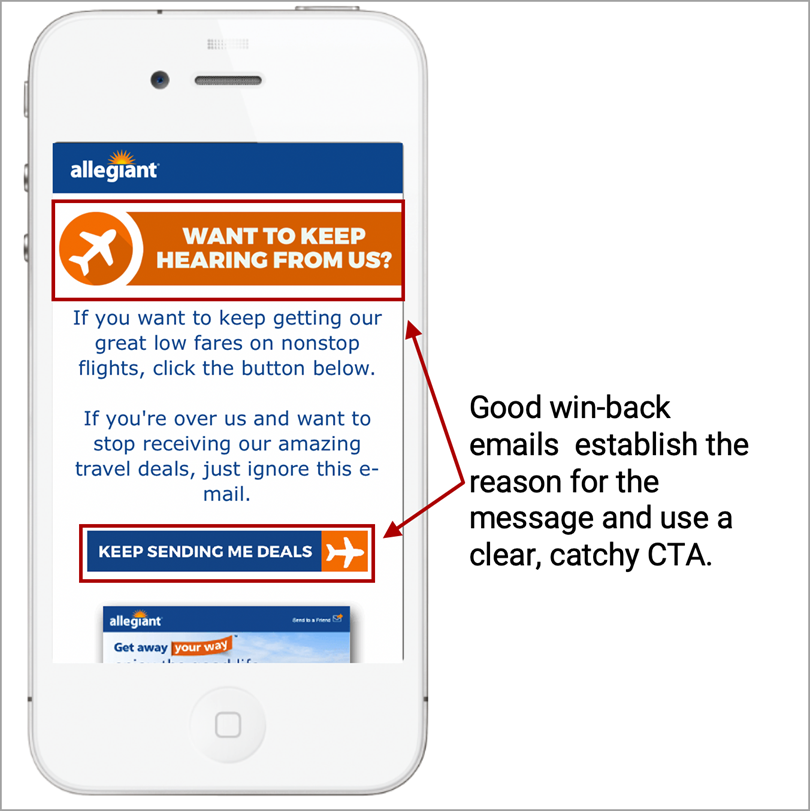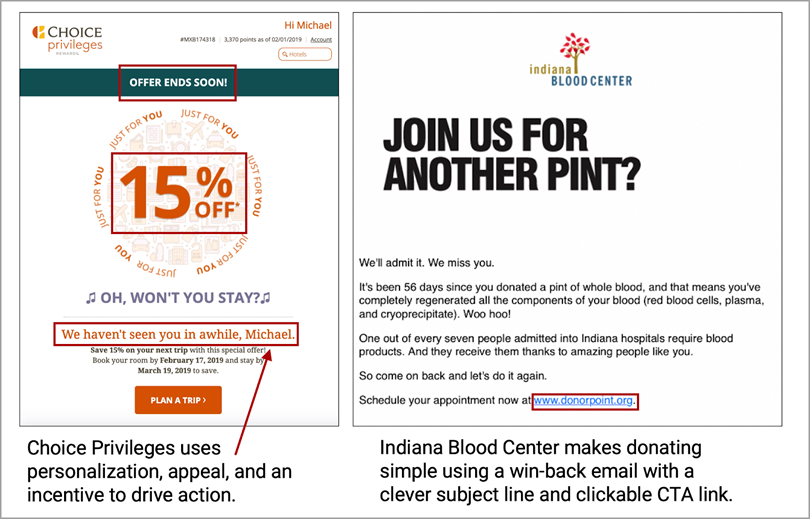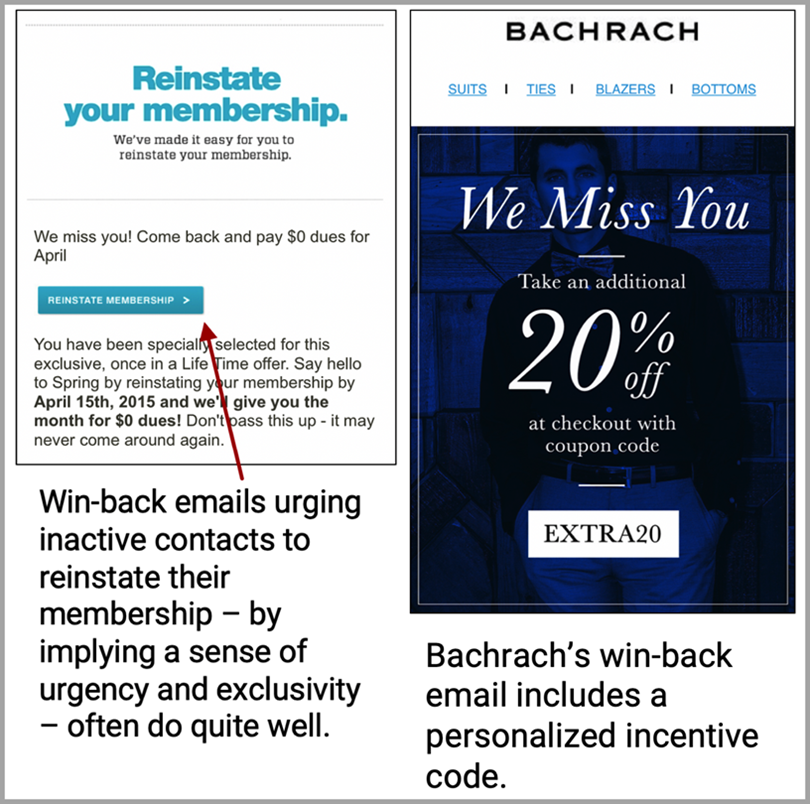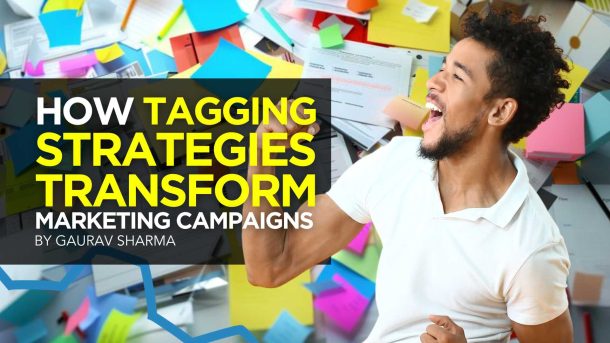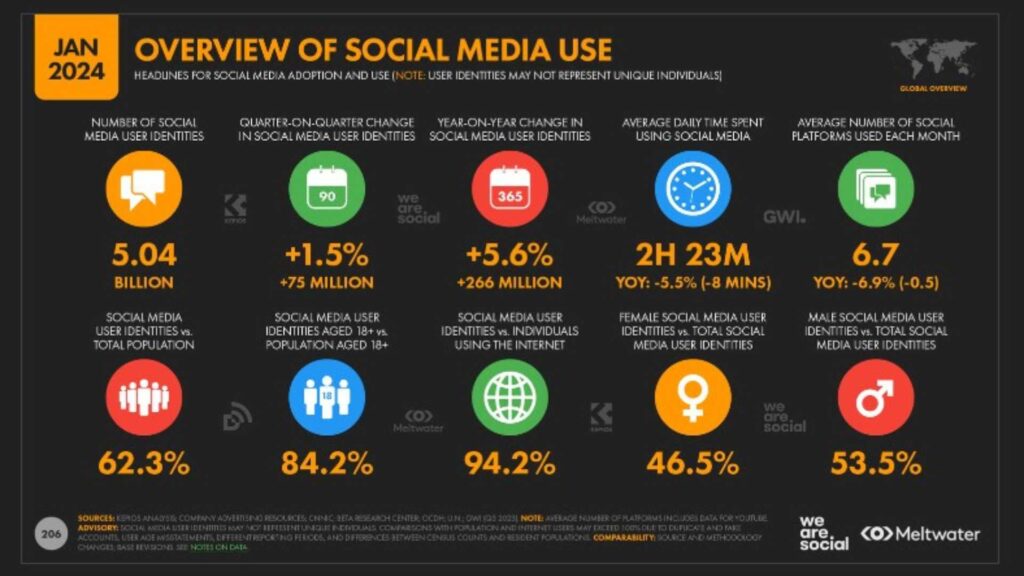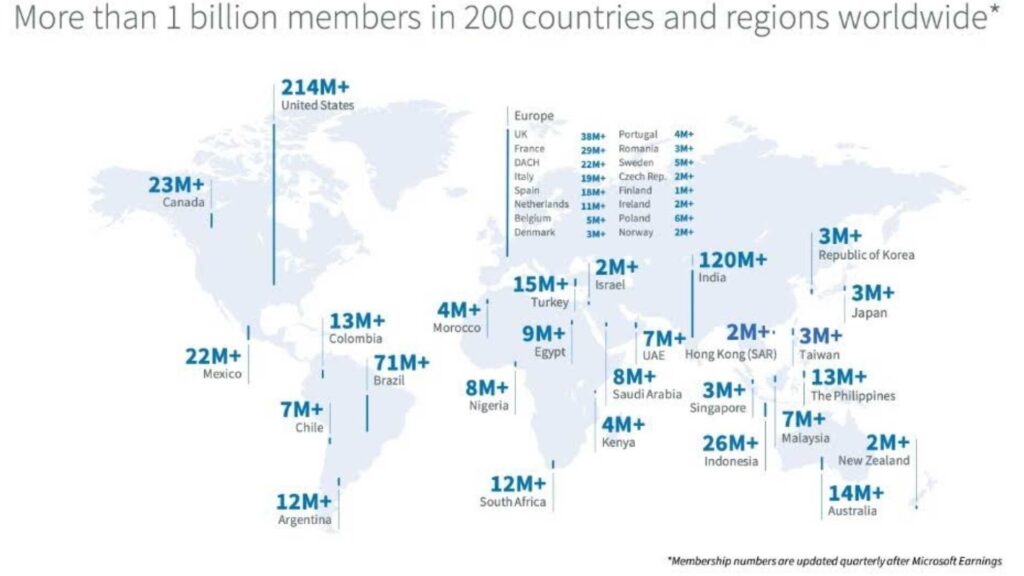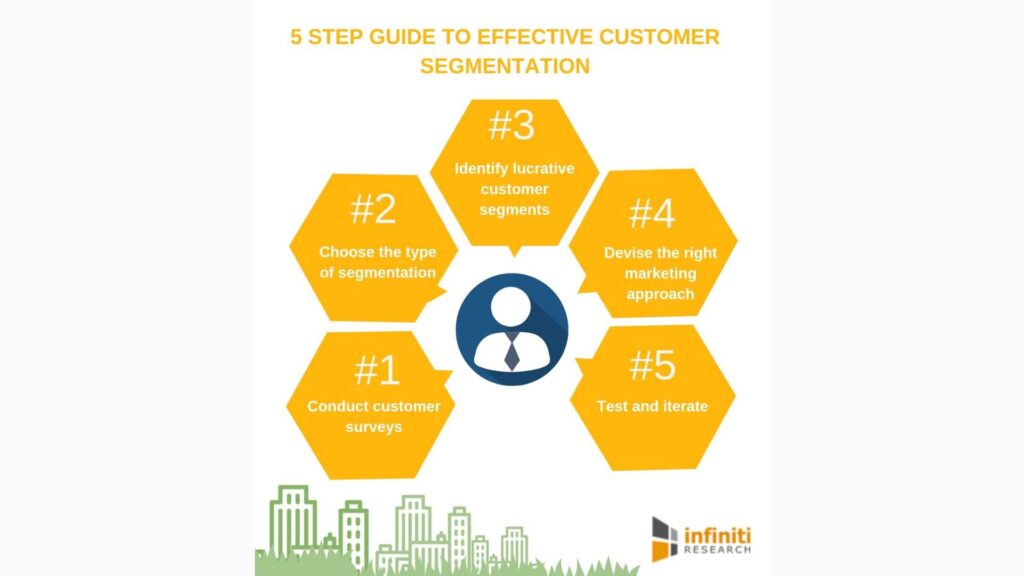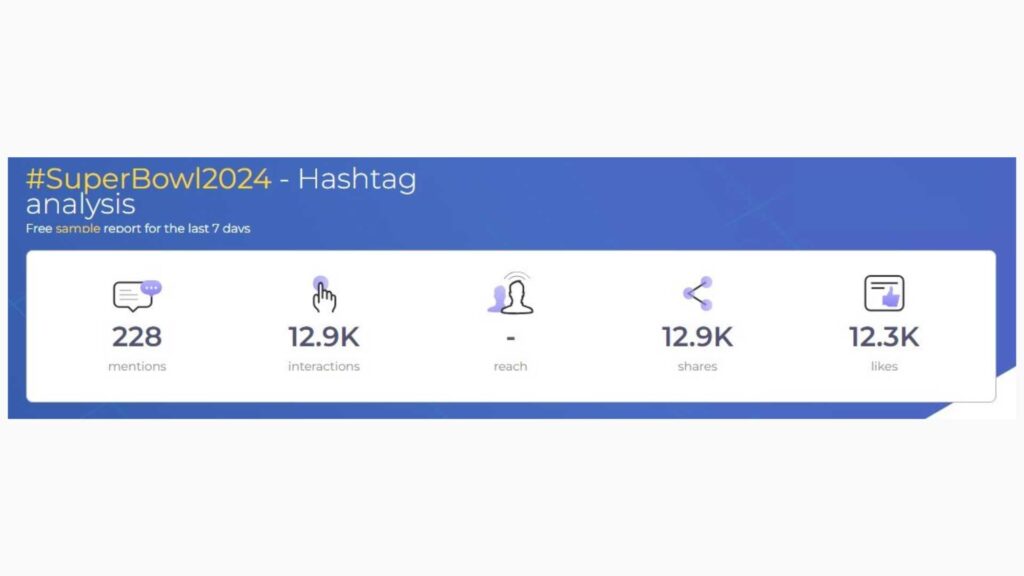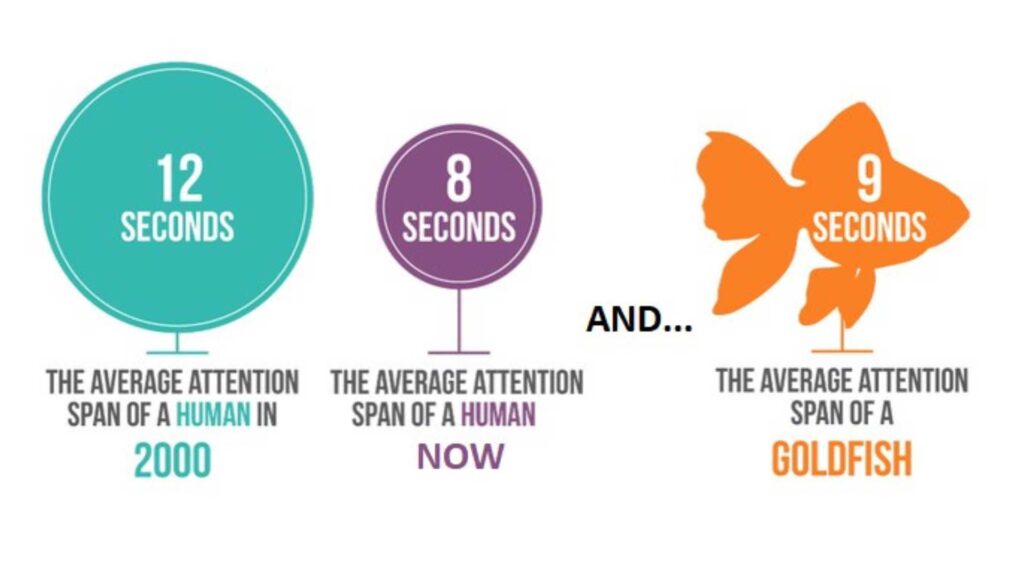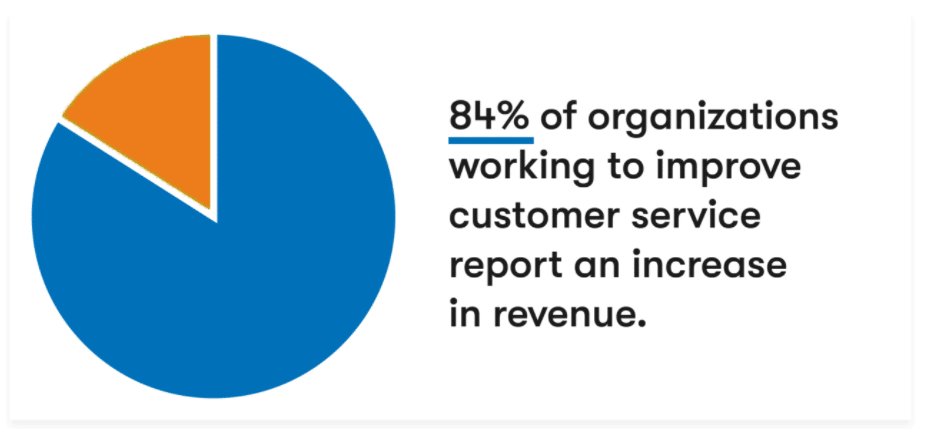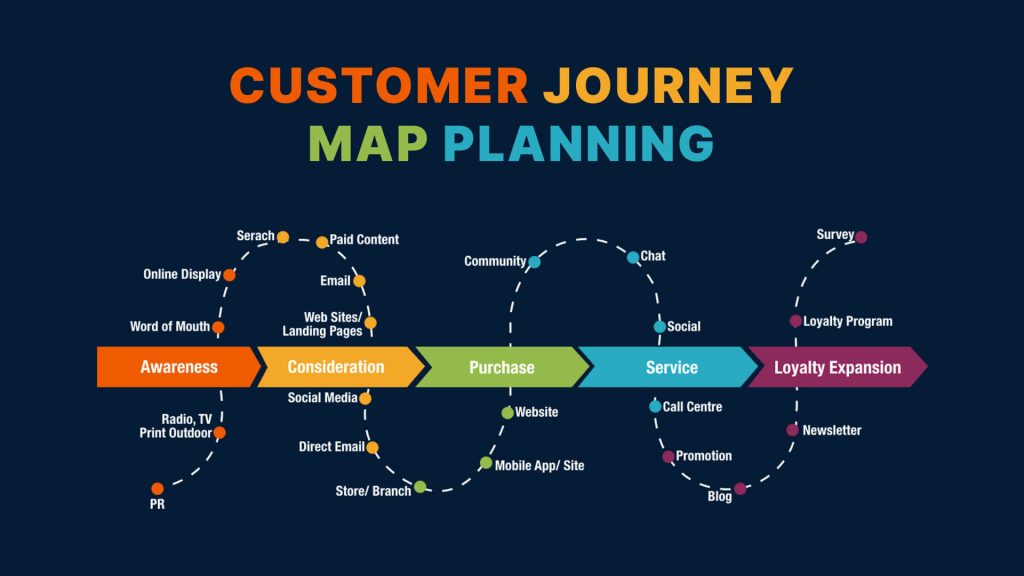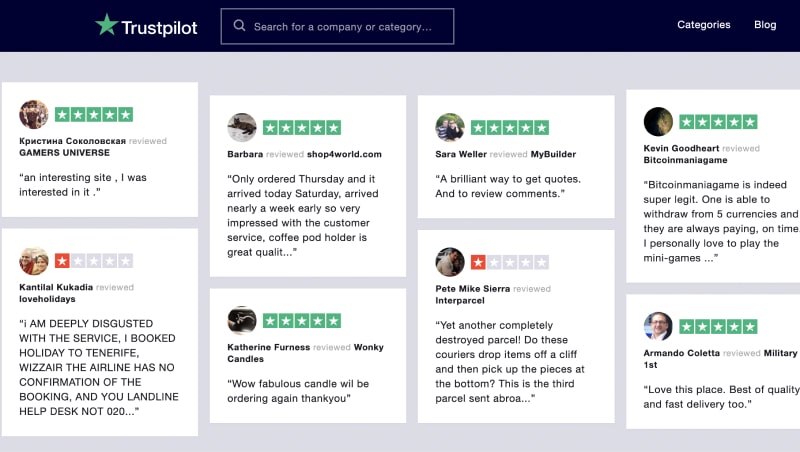## Top 20 Games in Canada and How You Can Make Extra Money with Each
Gaming has become a significant part of Canadian culture, not just as a form of entertainment but also as a potential source of income. From popular video games to traditional board games, Canadians have a diverse range of gaming preferences. This article explores the top 20 games in Canada and provides insights on how you can make extra money with each game.
### 1. Fortnite
Fortnite is a battle royale game that has taken the world by storm. Its popularity in Canada is no exception.
**How to Make Money:**
– **Streaming on Twitch or YouTube:** Gain followers and subscribers by streaming your gameplay.
– **Participate in Tournaments:** Compete in local and international tournaments with cash prizes.
– **Selling Skins:** Trade or sell rare skins and items.
### 2. Minecraft
Minecraft, the sandbox game, allows players to build and explore virtual worlds made up of blocks.
**How to Make Money:**
– **YouTube Tutorials:** Create videos teaching others how to build intricate structures.
– **Server Hosting:** Charge players for access to a custom Minecraft server.
– **Selling Mods:** Develop and sell custom modifications for the game.
### 3. NHL 21
As hockey is Canada’s favorite sport, NHL 21 is a top-rated game.
**How to Make Money:**
– **Esports Competitions:** Join NHL 21 esports leagues and tournaments.
– **Coaching:** Offer coaching services to help others improve their gameplay.
– **Streaming:** Build an audience by streaming your matches.
### 4. League of Legends
League of Legends (LoL) is a popular multiplayer online battle arena game.
**How to Make Money:**
– **Streaming:** Earn through advertisements, subscriptions, and donations.
– **Coaching:** Provide coaching to new players or those looking to improve.
– **Boosting Services:** Help other players rank up for a fee.
### 5. Call of Duty: Warzone
This battle royale game is known for its fast-paced and strategic gameplay.
**How to Make Money:**
– **Tournaments:** Participate in competitions with substantial cash prizes.
– **Content Creation:** Create engaging content for YouTube or social media.
– **Boosting Services:** Offer services to help players improve their rankings.
### 6. Among Us
Among Us is a multiplayer game that became extremely popular due to its social deduction gameplay.
**How to Make Money:**
– **Streaming:** Engage viewers with entertaining gameplay and commentary.
– **Merchandise:** Sell Among Us-themed merchandise.
– **Hosting Private Games:** Charge for hosting and organizing private games.
### 7. Apex Legends
Apex Legends is a free-to-play battle royale game with a large player base in Canada.
**How to Make Money:**
– **Streaming and YouTube:** Monetize your gameplay videos.
– **Esports:** Compete in Apex Legends tournaments.
– **Coaching:** Provide one-on-one coaching sessions.
### 8. Counter-Strike: Global Offensive (CS:GO)
CS:GO is a competitive first-person shooter game with a dedicated following.
**How to Make Money:**
– **Tournaments:** Enter competitions for cash prizes.
– **Skin Trading:** Buy and sell rare skins on marketplaces.
– **Streaming and Content Creation:** Attract an audience through live streaming and video content.
### 9. FIFA 21
FIFA 21 is a top choice for soccer fans and gamers alike.
**How to Make Money:**
– **Esports:** Join FIFA esports leagues and tournaments.
– **Coaching:** Help other players improve their skills.
– **Streaming:** Stream your matches and tips on platforms like Twitch.
### 10. Dota 2
Dota 2 is a popular multiplayer online battle arena game known for its complexity.
**How to Make Money:**
– **Tournaments:** Participate in high-stakes competitions.
– **Coaching:** Offer strategic and gameplay advice.
– **Streaming:** Build a following and monetize through ads and donations.
### 11. Magic: The Gathering Arena
This digital version of the popular card game has a strong community.
**How to Make Money:**
– **Streaming and Content Creation:** Share gameplay and deck-building strategies.
– **Tournaments:** Compete in online tournaments for cash prizes.
– **Card Sales:** Buy and sell rare cards.
### 12. Hearthstone
Hearthstone is a digital collectible card game from Blizzard Entertainment.
**How to Make Money:**
– **Streaming:** Monetize your gameplay through Twitch or YouTube.
– **Tournaments:** Enter competitive events.
– **Coaching:** Teach others how to build effective decks.
### 13. Rocket League
Rocket League combines soccer with acrobatic cars, creating a unique and entertaining experience.
**How to Make Money:**
– **Esports:** Compete in Rocket League tournaments.
– **Streaming:** Share your high-flying antics with an online audience.
– **Coaching:** Provide tips and training sessions.
### 14. The Sims 4
The Sims 4 allows players to create and control people in a virtual world.
**How to Make Money:**
– **YouTube Tutorials:** Create content around building, storytelling, and gameplay tips.
– **Streaming:** Engage with an audience through live gameplay.
– **Custom Content Creation:** Sell custom items and mods.
### 15. Roblox
Roblox is a platform where users can create and play games made by other users.
**How to Make Money:**
– **Game Development:** Create and monetize your own games.
– **YouTube Content:** Make videos featuring popular Roblox games.
– **Robux Trading:** Buy and sell Robux, the in-game currency.
### 16. World of Warcraft
World of Warcraft (WoW) is a massive multiplayer online role-playing game.
**How to Make Money:**
– **Streaming:** Attract viewers with engaging gameplay.
– **Gold Farming:** Sell in-game currency for real money.
– **Tournaments:** Participate in WoW esports events.
### 17. Fortnite Creative
Fortnite Creative allows players to design and build their own game modes and worlds.
**How to Make Money:**
– **Content Creation:** Share your creative builds on YouTube.
– **Game Development:** Create popular game modes and monetize them.
– **Custom Maps:** Sell custom map designs to other players.
### 18. Pokémon Go
Pokémon Go is an augmented reality game that encourages players to explore the real world.
**How to Make Money:**
– **YouTube and Streaming:** Share your adventures and tips.
– **Hosting Events:** Organize and charge for local Pokémon Go events.
– **Merchandise Sales:** Sell themed merchandise.
### 19. Genshin Impact
Genshin Impact is an open-world action role-playing game.
**How to Make Money:**
– **Streaming:** Build an audience through gameplay streams.
– **Content Creation:** Make videos on character builds and strategies.
– **Merchandise:** Create and sell themed merchandise.
### 20. Board Games (Settlers of Catan, Monopoly, etc.)
Traditional board games like Settlers of Catan and Monopoly remain popular.
**How to Make Money:**
– **Hosting Game Nights:** Charge an entry fee for organized game nights.
– **YouTube Content:** Create tutorial videos and playthroughs.
– **Board Game Reviews:** Start a blog or YouTube channel reviewing games.
## Conclusion
The gaming landscape in Canada is vibrant and diverse, offering numerous opportunities for enthusiasts to turn their passion into profit. Whether through streaming, coaching, competing in tournaments, or creating content, there are many ways to make extra money while enjoying your favorite games. Explore these avenues and find the one that best suits your skills and interests. Happy gaming!


